August 9, 2016
In a previous post, I talked a little but about how I used to get my accordion playing from my fingertips to a recorded medium. In this post (and maybe even in a Part 3, if needed), I want to discuss it with a little greater detail and share what it takes to start and end the process. Now, of course, each song kind of follows it’s own path, but this will hopefully explain my process a little better.
Before we get into the process, I have to first start with a description of the hardware. In the short time since I have started this blog, I have made a couple of changes in a few key areas that help me do a lot better.
It all pretty much starts with the outputs from the accordions.
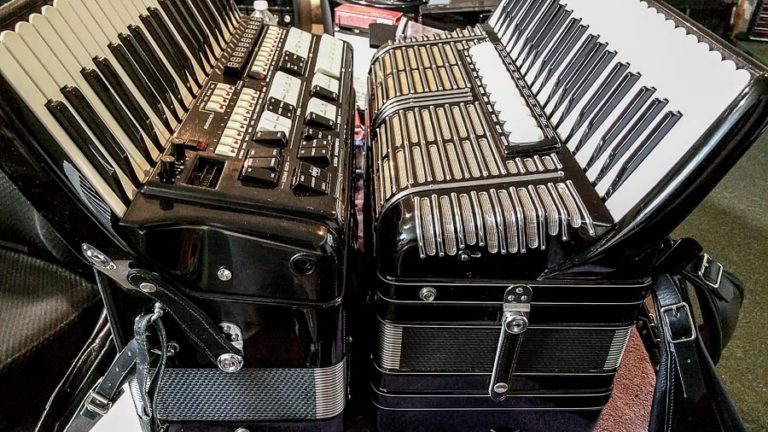
Depending on which accordion I use depends on where it is next plugged in to. Using my Hohner Free Bass acoustic accordion, since it has integrated microphones, it gets plugged in to the input on the Mackie 1640i mixer. Easy!
In the case of the of the Elkavox 83, this is basically 3 instruments in one:
– an acoustic accordion
– an analog electronic accordion
– a MIDI device (integrated in the external tone generator)
So the Elka basically plugs in to three different areas. The acoustic accordion has a stereo plug that separates in to 2 wires that plug in to 2 channels on the Mackie 1640i mixer, just like the Hohner Morino VI N, except in the case of the Elka, it is a stereo plug where one can control the output of the left and right hands separately (the Hohner is a MONO setup, just one wire). So 2 wires are plugged in to the Mackie mixer and I get total control over the acoustic side of the Elka’s left and right hands separately.
The analog electric part is a 2nd thick wire that plugs in to the Elka and this wire leads in to the large external box that is the tone generator.
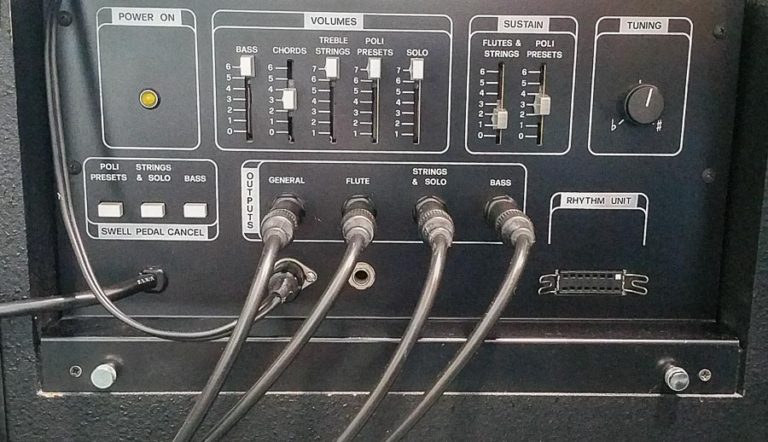
From the tone generator, I have 4 analog outputs and these lead to the Mackie mixer.
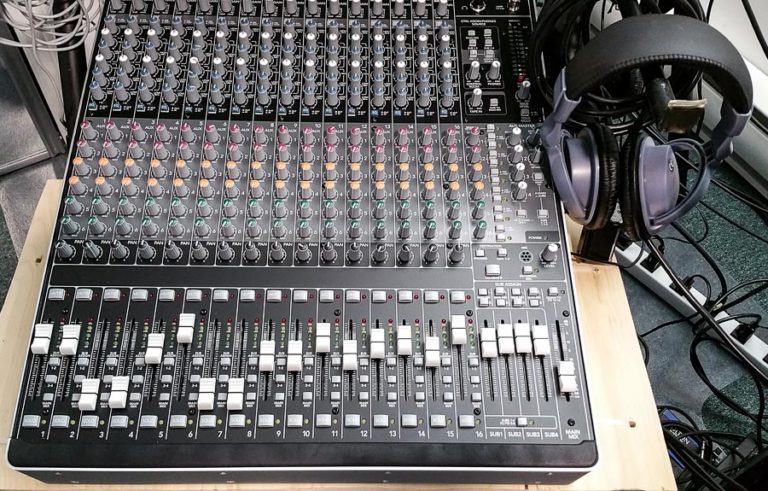
Most MIDI accordions have a 5-pin wire from the accordion leading to their MIDI modules, however the Elka has a rather special way of dealing with this… it has a proprietary MIDI controller inside the Elka tone generator and it has a single MIDI out port that sends the signals from the Elka to the MIDI arranger and other MIDI modules. It uses channel 1 for the right hand, channel 2 for the bass and counter bass and channel 4 for all the chords. This means that I just have 2 wires hanging from the accordion, not 3, which is convenient.
The Elka is one of those instruments that was one of the first on the market to use MIDI, so it is not the most advanced version out there. Meaning, I can send the signals from the left and right hands but in my case, I don’t have any abilities to control the output volumes or expression via key velocity nor bellows control. Since I have never had this, I never missed it, and anyways, I would never even use variable key velocity… it’s an accordion, not a piano, and I don’t like pounding on my keys to get more volume out of a digital instrument. The bellows control would have been nice, but far from needed. If I ever bought another accordion with MIDI control and it had this keyboard volume velocity and bellows control, the chances are pretty good I would disable both… just my personal choice as that’s how I play today.
The routing of the MIDI takes some thought and planning to properly send the data to the right place and direction. My setup is a lot more complex than normal, and you might want to skip the paragraph below if this level of complexity is not something you need to read about.
I mentioned that the MIDI out is in the Elka tone generator, and this chains to my MIDI module or arrangers. Basically I take the MIDI-OUT on the Elka tone generator to the MIDI-IN on the Ketron X4 and from the Ketron’s MIDI-THRU to the Solton programmer 24’s MIDI-IN and from the Solton programmer 24’s MIDI-THRU to the Yamaha FB-01 MIDI-IN and from the the Yamaha FB-01 MIDI-THRU it goes to the M-Audio MiniSport UNO MIDI-IN and from there it goes from the MiniSport UNO’s USB connector in to the computer’s USB port. The MiniSport UNO also has a MIDI-OUT that I connect to the Ketron’s X4 2nd MIDI-IN, so whatever I play on the MIDI channels of the computer, can be sent to all my MIDI devices. Rather convoluted, but it does work perfectly!
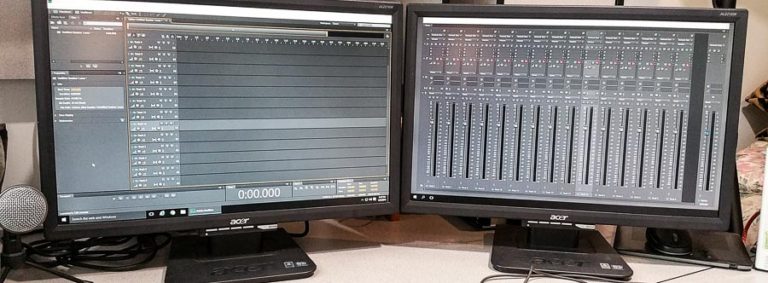
Now, the MIDI signals are sent to my MIDI devices (the Ketron X4 and Solton Programmer 24 arrangers and the Yamaha FB-01 sound module), but where do they send their sounds to? They each are connected to the Mackie mixer…. so as you can tell, the heart of my setup is the mixer, which is very important.

When the mixer receivers the sound data, what does it do with the sounds? It sends it out to 2 places:
– There are dual outputs (left and right) that connect to the Bose active equalizer…

and from there the sound goes to the WP amplifier…
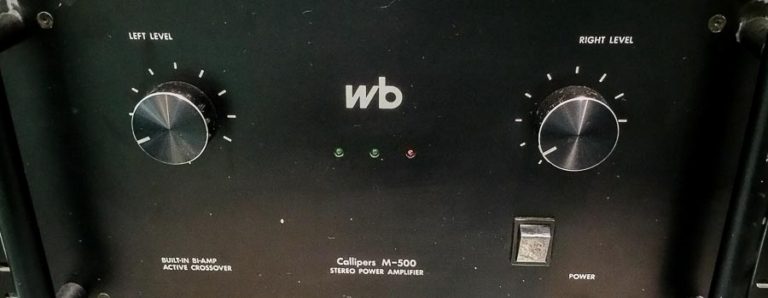
…and from there, it goes out to the Bose 802E speakers where you can hear the sound (finally!!)
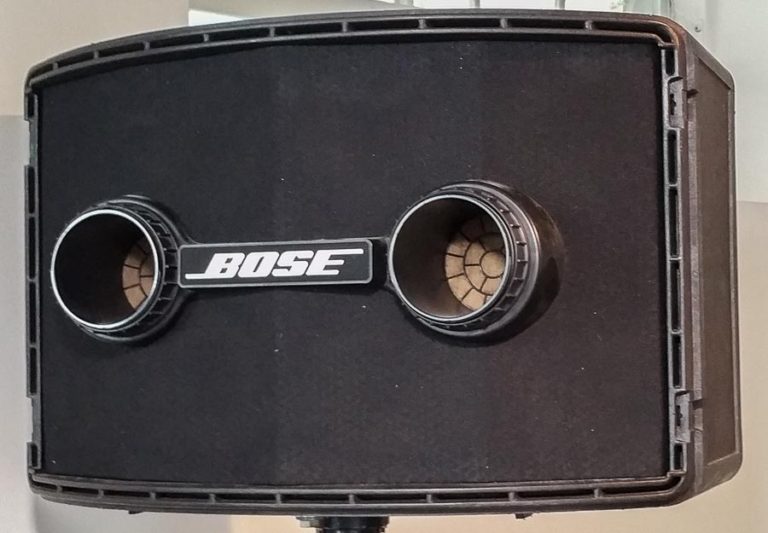
But what about if I want to record? Well, at the same time, the mixer is connected to my computer via FireWire cable and I can choose 1 or more channels to be sent to my computer and be captured in to my software of choice (Adobe Audition CS6 and when I need to capture MIDI data, I use REAPER v.5). How can this be done? It’s all about the mixer, it has an integrated DAC (digital-analog-converter) and converts analog sound to digital data and sends it via FireWire (which is VERY fast, faster than even USB) to the computer and captured via software to several digital files.
So, to summarize the most complex path:
We start with the accordion…
… it goes to the tone generator…
… the tone generator analog outputs go to the mixer and the MIDI signal goes to the MIDI devices…
… each MIDI devices goes to it’s input on the Mackie mixer…
… for live playing it then goes to the equalizer then to amp and finally out the speakers…
… but if recording it goes from the Mackie mixer…
… straight to the computer via FireWire connection.
In the next post, I talk about the recording process a bit more and what happens with the files once captured to the computer. Stay tuned for more!